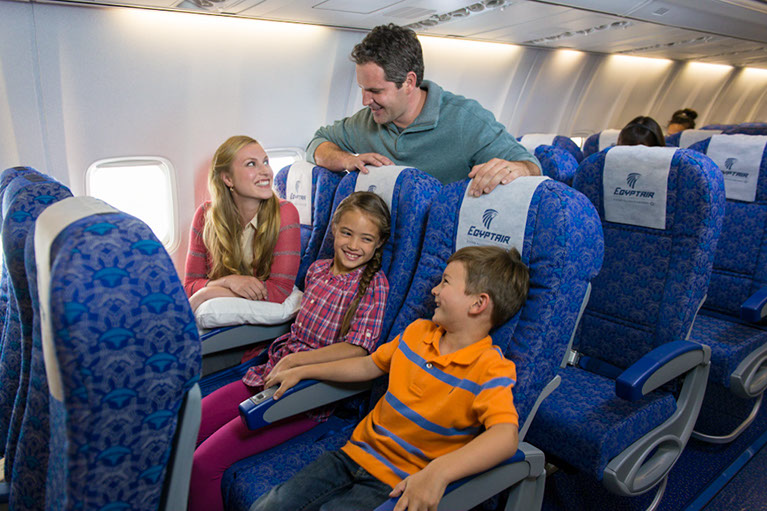Access selected deals available with budget and full-service airlines
Lock any airfare that sounds great. You don’t lose anything if you cancel it
Call us anytime for any assistance. We do not go into hibernation
Your personal and financial information stays secure with us
EgyptAir, the flag carrier of Egypt, is Africa's oldest airline, founded on June 7, 1932, as Misr Airwork, with operations commencing in July 1933. Headquartered at Cairo International Airport, EgyptAir is a proud member of the Star Alliance, having joined in October 2007 as the second African carrier to do so. The airline serves over 79 destinations across 56 countries, connecting Egypt to major cities in Africa, Asia, Europe, the Middle East, and the Americas. With a legacy spanning over nine decades, EgyptAir embodies Egypt’s rich cultural heritage while delivering modern air travel services rooted in safety, reliability, and hospitality.

EgyptAir’s origins trace back to 1931 when Alan Muntz, chairman of Airwork, proposed establishing an airline in Egypt. Named Misr Airwork (Misr meaning "Egypt" in Arabic), the airline was granted exclusive air transport rights by the Egyptian government on December 31, 1931. Operations began with de Havilland DH.84 Dragon aircraft, connecting Cairo with Alexandria and Mersa Matruh. By 1933, Misr Airlines, a division of Misr Airwork, was formed to promote aviation among Egyptian youth, making it the seventh airline globally at the time. Initial ownership was split between Misr Bank (85%), Airwork (10%), and Egyptian private investors (5%), with its base at Almaza Aerodrome in Heliopolis, Cairo.
The airline evolved through several name changes, reflecting Egypt’s political transformations. In 1971, it was renamed EgyptAir following the country’s designation as the Arab Republic of Egypt. Key milestones include the introduction of Boeing 707s in the 1960s, Ilyushin Il-62s and Tupolev Tu-154s in the 1970s, and Airbus A300s by the late 1970s. Despite challenges, such as returning Tu-154s due to operational issues and a tragic crash in 1974, EgyptAir expanded its fleet and network, introducing Boeing 737s and 777s over the decades.
In recent years, EgyptAir modernized its fleet with the Boeing 787-9 Dreamliner, introduced in 2019, enhancing long-haul comfort with reverse herringbone business class seats. The airline faced significant challenges during the COVID-19 pandemic, suspending U.S. flights until June 2020, but resumed services to New York and Washington, D.C., with the 787-9 on the latter route. EgyptAir continues to innovate, focusing on fleet upgrades and sustainability while maintaining its role as a key player in global aviation.
As of 2025, EgyptAir operates a diverse fleet, including Boeing 787-9 Dreamliners, Boeing 777-300ERs, Boeing 737-800s, Airbus A320s, A321neos, and A330s. The airline’s fleet is designed to serve both short-haul regional routes and long-haul international flights. Direct flights from the U.S. are available from New York (JFK and EWR) and Washington, D.C. (IAD) to Cairo, with flight times under 11 hours, making EgyptAir the only carrier offering nonstop U.S.-Cairo services. Other routes include connections to Europe (e.g., London, Paris), Asia (e.g., Bangkok, Tokyo), and Africa (e.g., Johannesburg, Nairobi).
EgyptAir’s hub at Cairo International Airport facilitates seamless connections, though the airport has faced criticism for chaotic security and long queues. The airline operates lounges in Cairo, with access tied to departure gates, and offers complimentary hotel stays and tours for long layovers (over 6 hours), including visits to the Pyramids and Sphinx for a $25 visa fee.